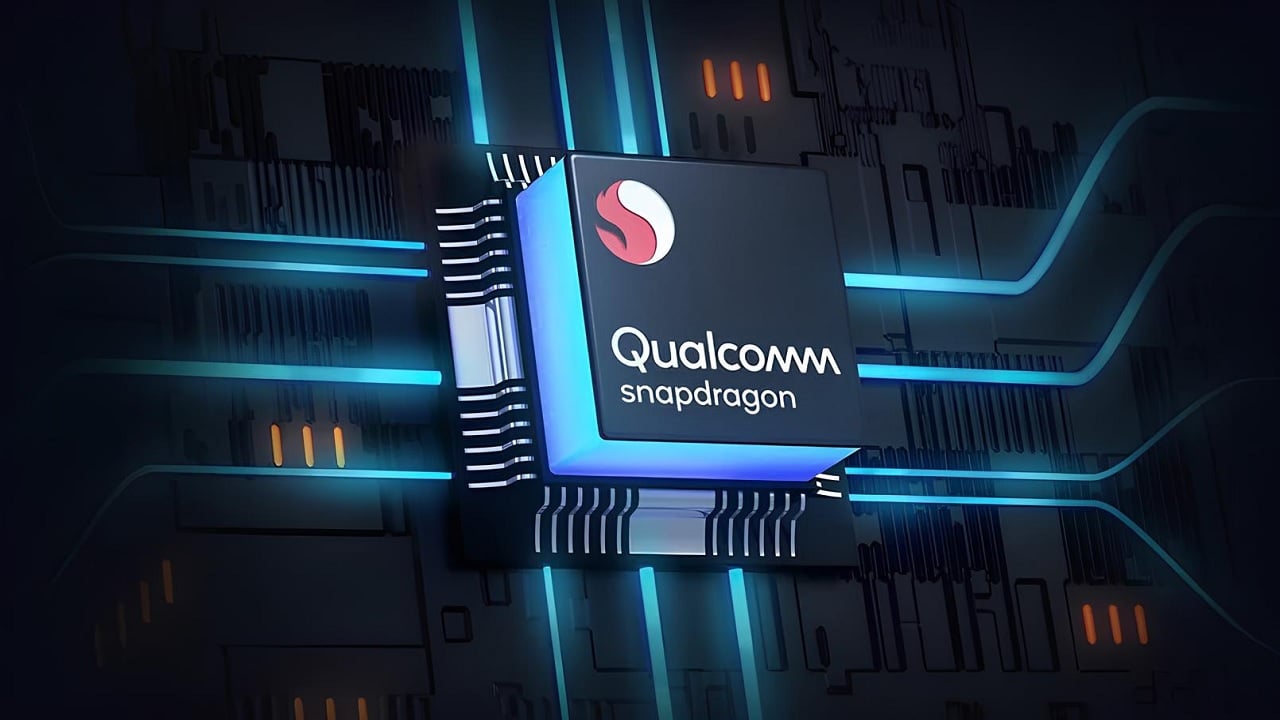Qualcomm’s upcoming flagship mobile processor, the Snapdragon 8 Gen 4—also referred to as the Snapdragon 8 Elite—is projected to experience a notable surge in shipments during the holiday season, according to tech industry analyst Ming-Chi Kuo. Qualcomm is positioning the new chip to outperform its predecessor, the Snapdragon 8 Gen 3, thanks to a combination of market trends and strategic advantages. Kuo anticipates a 50% year-over-year increase in shipments for the Snapdragon 8 Gen 4, with around 9 million units expected to ship in the second half of 2024.
This strong performance is due to a longer sales window for the Snapdragon 8 Gen 4 compared to the Gen 3. The extended availability is expected to help Qualcomm capture a larger market share among premium smartphones.
Another factor contributing to the increased demand is Samsung’s interest in adopting the chip for its flagship devices, potentially including the upcoming Galaxy S25 series. Qualcomm’s continued partnership with major manufacturers ensures steady demand for its latest processors.
The evolving Chinese smartphone market will also play a crucial role in the Snapdragon 8 Gen 4’s success. Kuo highlights that Chinese brands dominated sales during the recent Golden Week holiday, capturing 80% of the market share and showing a 20% year-over-year growth in shipments. This trend contrasts sharply with flat iPhone sales in the region, indicating a shift toward Chinese-manufactured smartphones.
Looking ahead, Kuo expects the demand for high-end smartphones in China to increase significantly. He forecasts that the market share of smartphones priced above 4,000 RMB will rise from 25-30% in 2023 to 30-35% in 2024. Additionally, total smartphone shipments in China will reach 280 million units in 2024, representing a 3% year-over-year increase.
While the holiday season looks promising, Kuo emphasizes that Qualcomm’s growth prospects extend beyond the short term. The company is preparing for the adoption of AI-powered smartphones and PCs, which could further boost demand for its processors. Additionally, Qualcomm is likely to benefit from the transition to TSMC’s N3P manufacturing process, which may drive price increases for system-on-chip (SoC) units due to enhanced performance and efficiency.
One potential challenge for Qualcomm is Apple’s plan to develop its own in-house 5G modems, which could reduce Qualcomm’s revenue from iPhone sales in the future. However, Kuo suggests that Qualcomm’s current stock price has already accounted for this potential downside. The company’s focus on expanding its presence in Android devices and exploring new markets should help mitigate the impact.
Qualcomm’s Snapdragon 8 Gen 4 looks set to outperform its predecessor, fueled by longer market availability, strong partnerships with manufacturers like Samsung, and favorable trends in the Chinese smartphone market. The growing demand for high-end smartphones in China, alongside the company’s preparations for AI-based innovations, provides Qualcomm with a solid foundation for sustained growth.
Although uncertainties remain, such as Apple’s shift to custom 5G chips, Qualcomm’s ability to capitalize on new technologies and market opportunities suggests a positive outlook for 2024 and beyond. As the holiday season approaches, it will be interesting to see how these trends shape Qualcomm’s performance and influence the broader smartphone industry.



